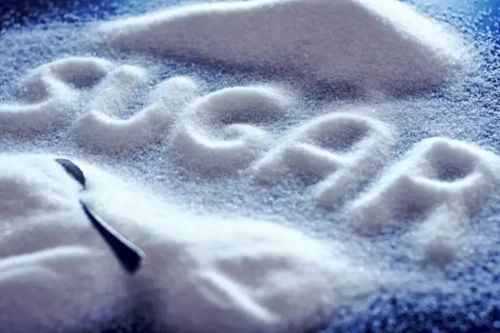
Thus, putting you, your passengers and everyone around you at risk of serious injury or death. Preventing drinking and driving starts before the next time you plan to drink. You can use a technique of examining each individual decision you made in the past that led to a specific outcome, such as driving under the influence. The study on Montana young adults also points to how the culture of drinking in one’s family can play a role in someone’s decision to drink and drive. The DOT study mentions other transportation reasons as well, such as not wanting to leave a vehicle somewhere or having to retrieve it the next day (4).
The effects of alcohol dosing on driving performance on a closed course and in a driving simulator
- For repeat offenders, jail is mandatory in most states and the terms are longer than a couple of days.
- Due to the possibility of subjective interpretation of the question, consistent estimation and comparison of the DUI of alcohol prevalence may not be warranted across respondents and years.
- The National Highway Traffic Administration reports that over 30 people die daily in alcohol-involved crashes and that one person is killed every 45 minutes due to alcohol-impaired drivers.
Impaired driving is a major factor that increases the risk of a serious crash. Impaired driving includes driving under the influence of alcohol or drug use, including marijuana, and when drowsy. Impaired driving affects judgment, reaction times, and awareness, which makes it especially dangerous for teen drivers whose inexperience already places them four times more likely to crash than adults. Alcohol impairment among drivers involved in fatal crashes is nearly three times higher at night than during the day (NCSA, 2023a). Alcohol involvement is also much higher in fatal crashes on weekends (28%) than on weekdays (16%). Thirty-three percent of all drivers involved in single-vehicle fatal crashes are alcohol-impaired, compared to 14% in multivehicle fatal crashes.

Impaired Driving
Heavy drinking affects your motor skills such as eye, hand and foot coordination. Without crucial coordination skills, you may be unable to avoid an impending harmful situation. Some telltale signs of reduced coordination include trouble walking, swaying and inability to stand straight. Too much alcohol can even make it difficult to get in your car and find its ignition.
Effect of different alcohol levels on take-over performance in conditionally automated driving
Such measures might, for instance, address infrastructure and speed limits. NHTSA demonstrates its commitment to eliminating drunk driving through research, public awareness campaigns, and state safety grant programs. We will continue until there are zero drunk-driving crashes on our roadways.
- It’s also linked to aggression, meaning it can fuel road rage incidents.
- It is not known how many people are killed each year in crashes involving drug-impaired drivers because of data limitations.9 Regardless, driving while impaired by any substance is dangerous and illegal.
- Even small amounts of alcohol affect one’s brain and the ability to drive.
- Tough enforcement of drunk-driving laws has been a major factor in reducing drunk-driving deaths since the 1980s.
What is Alcohol Use Disorder (AUD)?
In 2022, 13,524 people died in alcohol-impaired driving traffic deaths. In a growing number of states, jail terms have become mandatory, even consequences of driving drunk include: for first-time drunk driving offenders. Typically, first-offender jail terms are one or two days in length and can be served on a weekend.


Depending on the legal charges, some states may also require community service time or alcoholism treatment. For those age 21 and under, zero-tolerance laws criminalize driving with any amount of alcohol. States may also have enhanced penalties in place for those who drive with very high BACs, drive impaired with minors in the vehicle or have multiple convictions. Many states have enacted various laws in an effort to reduce the dangers of drinking and driving. For instance, zero tolerance laws are aimed at adolescents who get behind the wheel of a car after consuming alcohol. Drinking under the age of 21 is illegal in the United States and comes with strict punishment.

A blood alcohol content (BAC) level of 0.08% is considered legally impaired. However, alcohol can start to affect many of your senses after only one drink. The consumption of alcohol not only affects reaction time, but also impairs reflexes and hinders motor skills such as coordination of the hands, feet, and eyes.
- Drink- driving laws and BAC limits have been assessed as effective interventions for NCD prevention.
- A trained counselor will evaluate your pattern of alcohol consumption to determine if you have an alcohol use disorder.
- Alcohol consumption impairs judgment, reaction time, vision, coordination, and concentration – all crucial for safe driving.
BAC of 0.10
Alcohol consumption impairs your thinking, reasoning and muscle coordination — all vital to operating a vehicle safely. However, for more frequent alcohol users, hangovers can seriously affect the quality of your life and lead to mental, physical, social, and interpersonal issues. Teenagers’ brains are still developing, which makes them more susceptible to adverse physical and mental health effects.


Leave A Comment